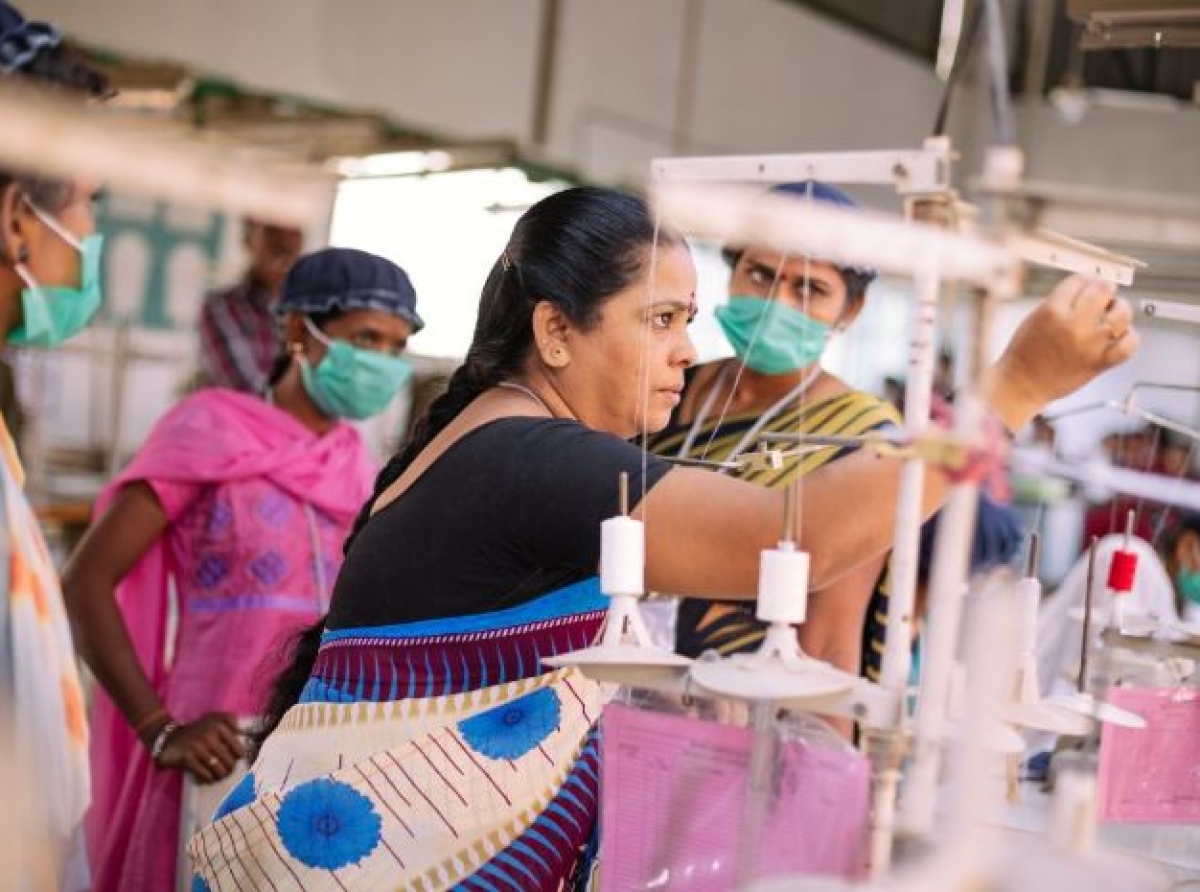02 December 2022, Mumbai
India is one of the largest producers and exporters of textiles worldwide. India's textile market was worth more than $100 billion in 2019–20, and its growing exports were worth more than $50 billion. The Indian government gives the textile industry the tools to compete on an international scale, draw investments, and create jobs. Additionally, to be a person's basic needs, textiles have evolved and grown into a fashion statement that generates enormous profits for businesses in India and worldwide.
Considering that the world's textile industry has the inherent capability to take millions of women and men out of impoverishment globally to potentially push for gender equality.
Sustainable Development Goals (SDGs)
All of the Sustainable Development Goals (SDGs) are enabled and accelerated by gender equality. Implementation of the 2030 Agenda concerning Sustainable Development with consideration for gender presents a chance to advance not only SDG 5 (gender equality) but also the other 16 SDGs.
The most coveted condition that our nation has always yearned for is gender equality in India. Gender equality is now a social and economic challenge and a moral imperative. Human growth and national development are both influenced by gender equality.
Despite being a country with many accomplishments, gender equality in India still receives relatively little recognition.
Advocacy and gender equality
The realization of human rights and SDs are both dependent on gender equality in India. The main goal of gender equality is to create a society where men and women have the same opportunities, obligations, and fairness throughout all aspects of life.
When men and women can equally participate in the distribution of authority and influence, there is equality between the sexes. They are equal, provided they have the same opportunities, financial independence, access to jobs and education, and the chance to pursue their personal goals, interests, and talents.
Gender equality and social inclusion
Gender equality is essential for national and development strategies because it empowers women to make choices that affect their general health and the health of their partners and families. For India to develop from all angles, gender equality is now more critical than ever.
“Reality bites”
Around the world, there are 60 million garment workers, and young women between the ages of 18 and 24 make up 80% of that group—the same age group as the millennial women who read Teen Vogue.
And while women on our respective sides of the globe use fashion to boost our self-esteem and freedom of expression, our voice is suppressed and marginalized in creating them.
She worries about getting paid equally, being sexually or physically harassed by her boss, and staying safe every day at work. We must first raise her by telling her story with respect.
What moves the needle
Gender equality is an undeniable reality. The unsung heroes of the industry are the women who create our apparel/clothing. While the glamorous images of fashion are constantly being presented to us, her story is kept hidden.
Bringing her story to light is one of Remake's primary goals to educate consumers about the human hands behind our apparel/clothing production. But we make it a point to introduce her as the strong, tenacious woman she is rather than as a victim. She is not timid or feeble.
Instead, she's a boss lady like many of us, working hard to provide for her family while dreaming of living her best life. We start to build awareness of the connection between promoting a more responsible supply chain and empowering women by bringing together women from both ends of the supply chain.
Another logical argument mooted by skill development trade experts is that Hiring women in supervisory roles can change the exploitative work culture of apparel/garment manufacturing also furthering the cause of achieving gender equality in the textile workplace.
Historically, a good chunk of the apparel/garment workforce has been young ladies with low/no skills/skillset, and quite common in rural/semi-rural migrant workforce where the apparel/clothing sector offers/serves low-hanging fruit opportunities as arguably within a matter of a couple of months one could become industry ready and good to go.

























